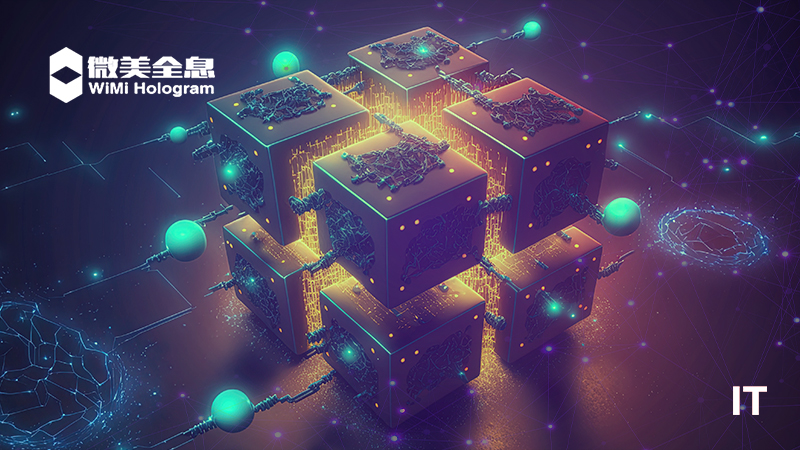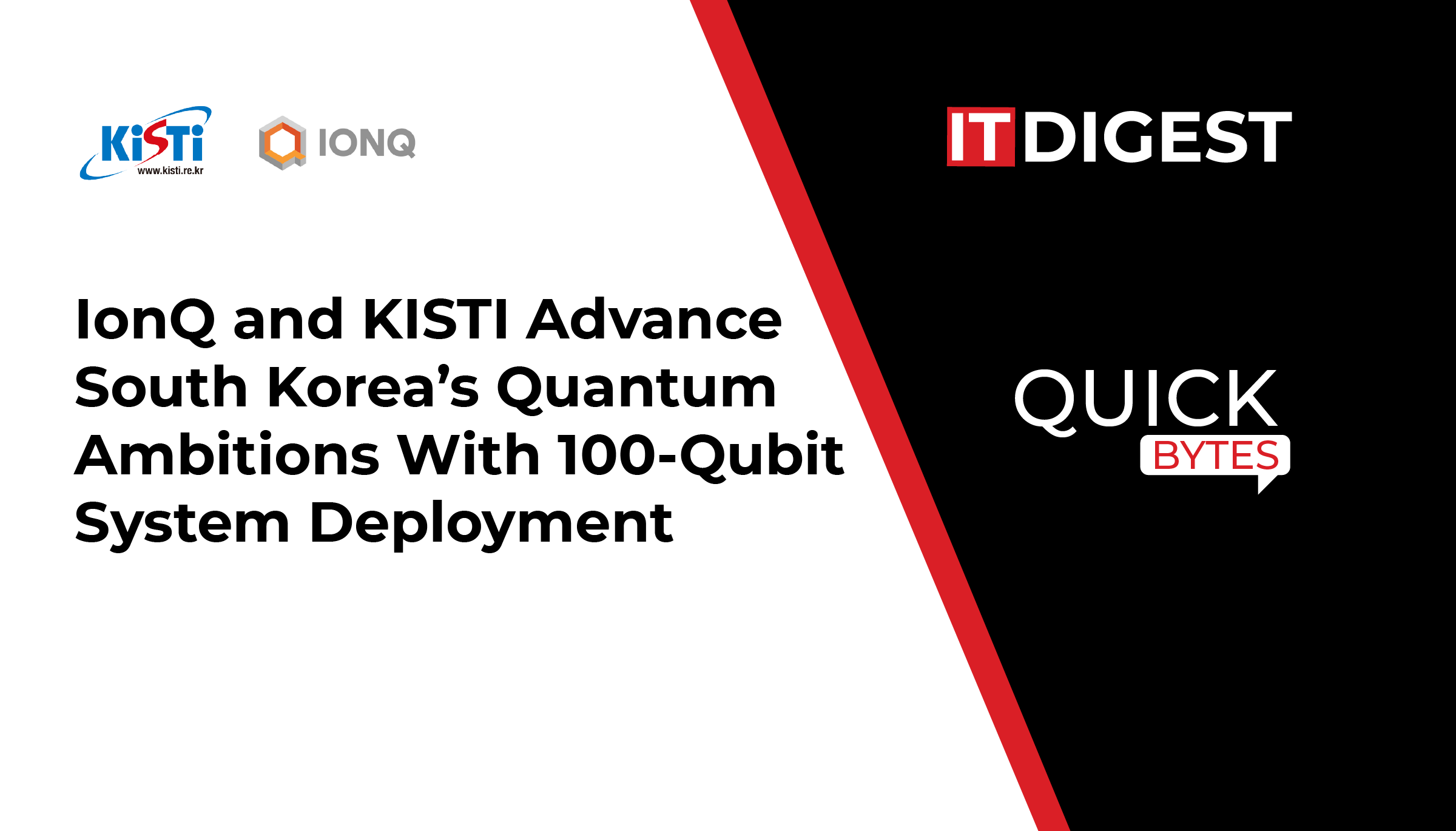WiMi Hologram Cloud Inc, a leading global Hologram Augmented Reality (“AR”) Technology provider, announced that RAFT consensus algorithm is used in blockchain to guarantee data consistency. RAFT consensus algorithm, as a concise and easy-to-understand distributed consistency protocol, is especially suitable for closed or semi-closed network environments with stringent performance and deterministic requirements, such as federated chains, private chains, or internal components of specific blockchain systems. Its main technical advantages include efficient, fast and orderly log replication and efficient data synchronization.
The RAFT consistency algorithm adopts a Leader-Follower architecture, where only one active leader node in the system is responsible for handling client requests and log replication. This design simplifies the system state management and makes the decision-making process more centralized and efficient. The leader node can quickly respond to client requests, avoiding the time-consuming negotiation between nodes that may exist in the traditional consensus mechanism, and significantly improving the decision-making efficiency of the system. When the leader node fails or the network is partitioned, RAFT can determine a new leader in a very short time through the election mechanism. The election process follows strict rules to avoid competitive conflicts among nodes, ensuring that the system can quickly restore services and maintain high availability. Compared to other consensus mechanisms that may have long leadership vacancies or double spending problems, RAFT’s election mechanism provides a more stable operating environment for the blockchain system.
Also Read: aelf Leads the Fusion of AI and Blockchain to Shape the Future of Technology
The leader node records incoming client requests sequentially into the log and is responsible for replicating the log entries to all follower nodes. RAFT ensures the sequential consistency of the logs across different nodes through a series of rigorous mechanisms. The log entries are considered committed upon confirmation by the majority of the nodes. This mechanism ensures the global consistency of the data, which guarantees a consistent evolution of the node state, both in normal operations and in abnormal situations such as network partitioning and node failures.
WiMi‘s RAFT consensus algorithm can be deeply integrated into the blockchain system architecture to achieve significant improvement in the performance and reliability of the blockchain system. Its application scenarios mainly include efficient consensus in alliance chain/private chain scenarios, performance optimization in sidechain/subchain design, and reliability enhancement of system components. RAFT can be used as the underlying consensus mechanism in alliance chain and private chain projects for specific industry alliances or partners. Since the participating nodes are strictly authenticated and relatively limited in number, RAFT’s strong leadership mode can ensure rapid consensus, significantly shorten transaction confirmation time, and easily cope with highly concurrent transaction scenarios. At the same time, the orderly log replication mechanism ensures the precise synchronization of node status, which fundamentally enhances the data consistency and reliability of the system. When building multi-chain architecture, Raft can also be utilized to provide efficient internal consensus services for sidechains or subchains. Sidechains/subchains focus on processing specific types of transactions, executing specific business logic, and interacting with the main chain through cross-chain protocols. RAFT algorithm enables sidechains/subchains to independently and quickly process relevant transactions, effectively dispersing the pressure on the main chain and improving the scalability of the whole system. At the same time, RAFT ensures the consistency of data within the sidechain/subchain and avoids the business chaos caused by data inconsistency. In addition, the RAFT algorithm can also be utilized in key components such as storage modules and management services of the blockchain system to ensure the consistency of data within the components. For example, RAFT is utilized to manage replicated state machines to ensure that each node state machine executes the same instructions in the same order to avoid state divergence. In the management service, the RAFT protocol is used to ensure that the system configuration information is synchronously updated to prevent service interruption or data confusion caused by configuration inconsistency.
SOURCE: PRNewswire
































